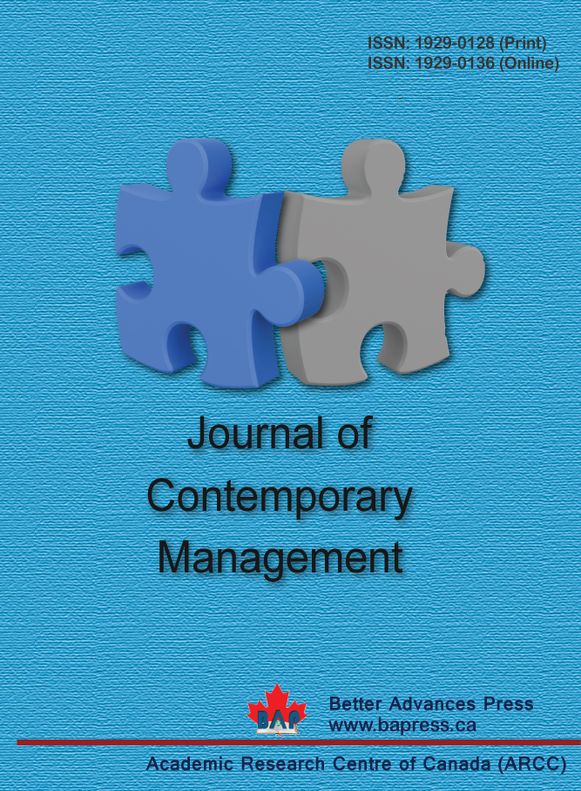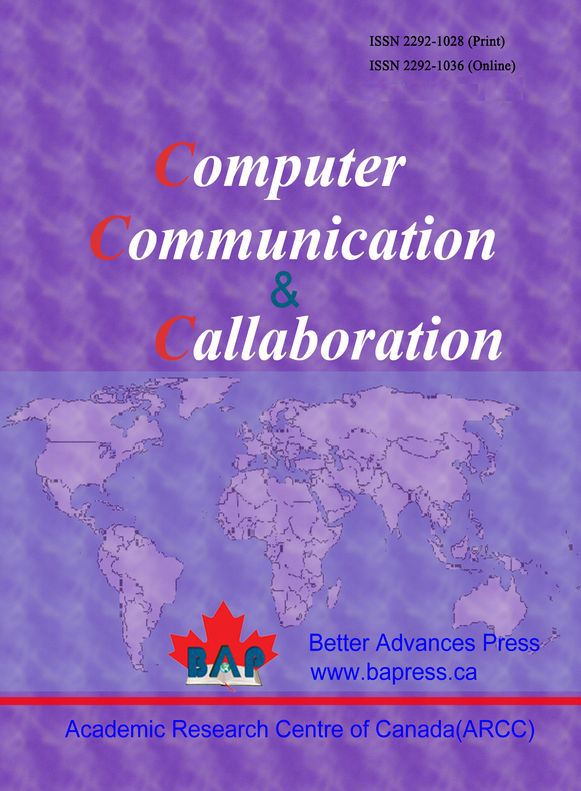Exchange Rate and Asset Market: The Trilemma for Monetary Policy of China
Abstract:
This paper investigates the trilemma for China’s Central Bank based on IS-LM-BP model and Vector Error Correction Models. According to a revised IS-LM-BP model, which incorporates the special monetary supply mechanism of Emerging Market Economies, depreciation restrains the growth of the monetary base in the trilemma. Then the central bank may not catch two goals of monetary independence and exchange rate stability together, even giving up the full capital mobility. The evidence during the 2014-2016 period shows that the severe capital outflow trapped China in a trilemma. In this situation, RMB depreciation negatively and heavily shocked asset price by influencing China’s interest rate. Along with the contraction of global monetary cycle and the bubble-like asset price in China, that mechanism might amplify the risk of China’s macro economy. According to the empirical analysis, operation twist (including asset purchase operations) could guarantee China’s monetary policy autonomy and bolster the asset market in the trilemma.
Keywords:
Asset price; Exchange rate; Interest rate; Monetary policy; Open-economy Trilemma
JEL Classification:
E52, E43, F41, F31
Citation as:
Zhang, Peng (2018). "Exchange Rate and Asset Market: The Trilemma for Monetary Policy of China", Review of Economics & Finance, 14(4): 1-16.




 This Journal is under the license of CC-BY-SA.
This Journal is under the license of CC-BY-SA.